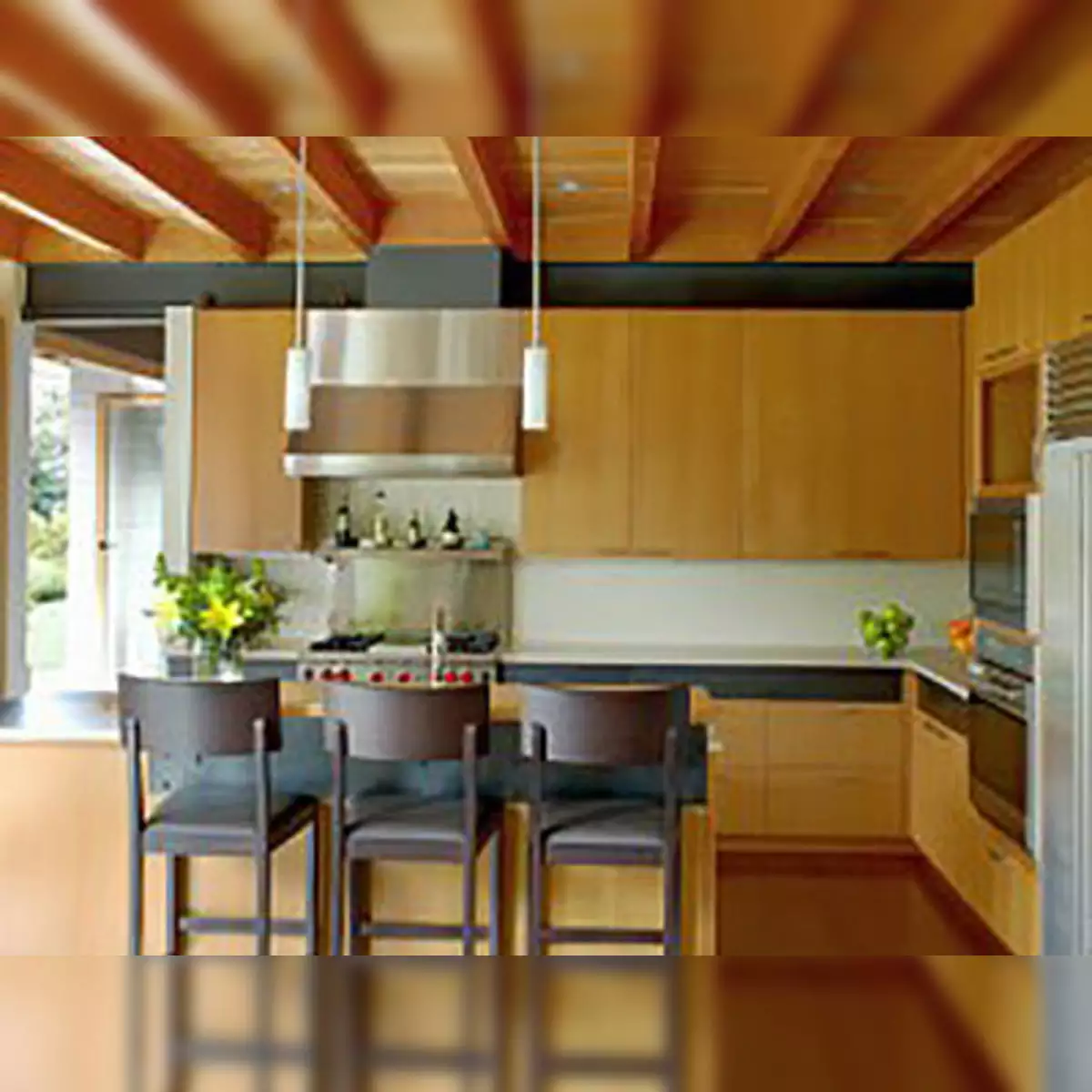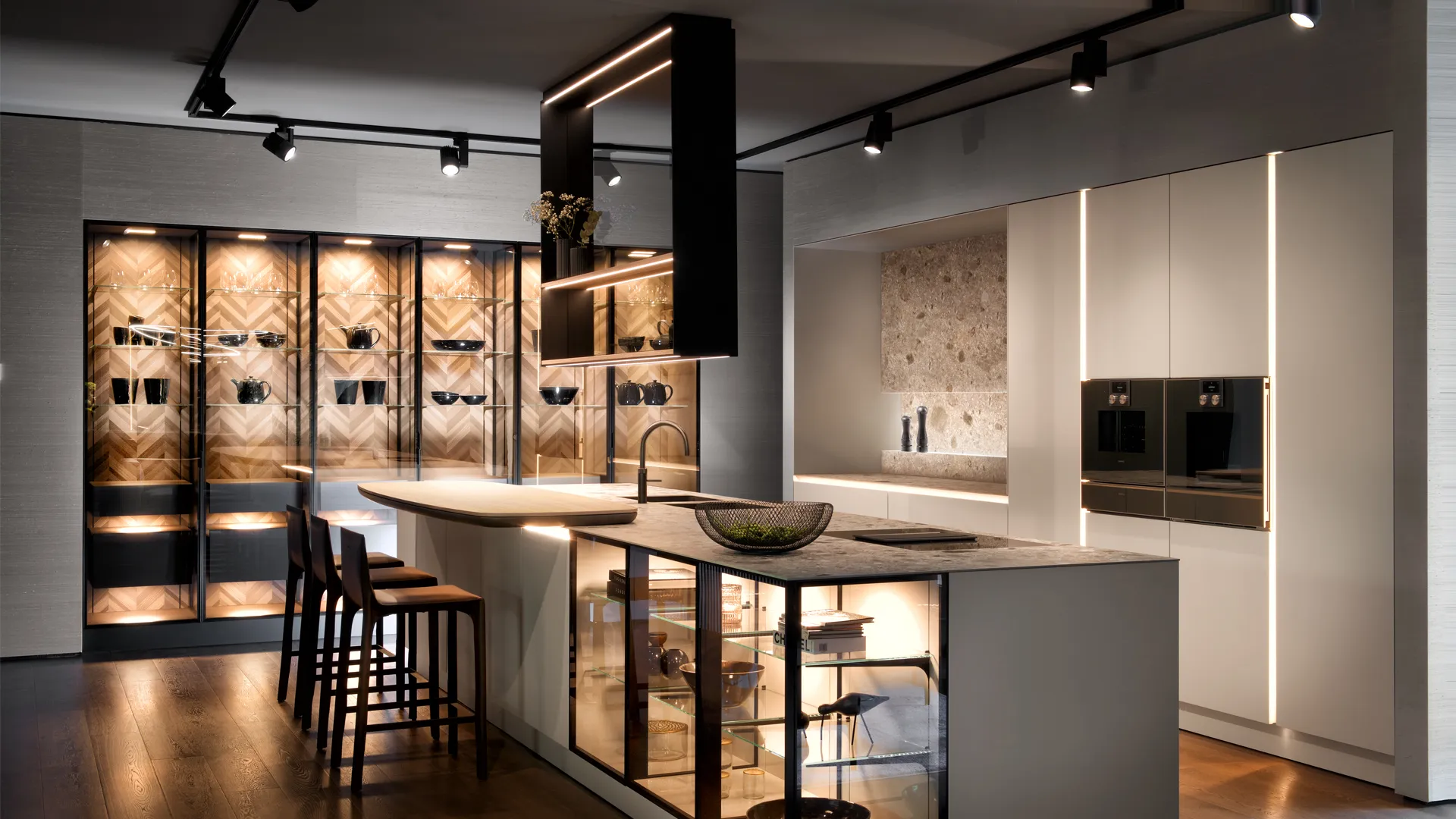Types of Plumbing and Fittings Used in Plumbing Design
Plumbing design involves the careful planning of pipes, tubing and fixtures that distribute water and drain waste. A good design can save energy resources and help protect water supplies from leaks.
Whether you’re building a home, a commercial facility or a new manufacturing plant, your plumbing system plays a crucial role in its operation. Learn how to create a plumbing design that works for you.
Location of Pipes
The location of the pipes is a key element in any plumbing design. Whether you’re designing an office building, school or hospital, the water supply system needs to traverse multiple floors and rooms to be considered a success. A few well thought out decisions can go a long way in ensuring you get the most bang for your buck. One such design decision is the use of a few different types of plumbing pipe and fittings to create an efficient distribution and waste water system. The resulting water and sewer system is less expensive to maintain and is a major contributor to any building owners bottom line. For more information on how Primera can save you money, schedule a free design consultation with our experts today.
Vents
Vent pipes help prevent odors from escaping into your home through your toilets and sink drains. They also help regulate the air pressure in your plumbing system to remove sewage and other waste from your home.
The location of a plumbing vent pipe in your design depends on the code and your specific building. Typically, they are located on the roof of your home away from windows and air conditioning systems to prevent fumes from entering your building.
In addition, there are a number of different types of vents that may be used in your home. One common type of vent is an air admittance valve (AAV).
AAVs open to let air in when a waste drain has been emptied, then gravity closes them again to keep sewer gases from escaping back into your home.
Other vents are individual vents, branch vents, circuit vents, and relief vents. All of these have different sizing and installation requirements to ensure proper ventilation for your plumbing system.
Drain Lines
Drain lines run throughout the home and transport wastewater from sinks, toilets, and showers to a sewer main. These lines are typically made from plastic PVC pipe.
They are usually installed at the same time as supply pipes and vents. This helps to save on material costs and installation costs in the long run.
Plumbing drains and sewers must be sloped correctly to help liquids flow smoothly and carry solid wastes away without clogging. This helps ensure efficient drainage and reduces water and energy usage in your home.
The drain system also serves as a vent, allowing fresh air to enter the pipes to relieve pressure. If there is no air in the pipes, drainage can become erratic or even nonexistent.
Fixtures
Plumbing fixtures connect to a plumbing system that moves hot and cold water from one area of a building or home to another. They include faucets, sinks, bathtubs, showers, and toilets.
They also have drains to remove unwanted water or waste. Each drain is protected by a strainer and a trap that retains a small amount of water that acts as a sealant.
Fixtures can be made from a variety of materials, including stainless steel, copper, glazed earthenware, and vitreous china. They are usually coated with a coating that is fired at high temperatures to form a nonporous body that can resist corrosion and discoloration.
These fixtures are regulated by a plumbing code that governs their design, materials, and installation in accordance with certain occupancy types. For example, the NYC Plumbing Code specifies the minimum number of plumbing fixtures needed for different occupancies and how these fixtures are to be used.











